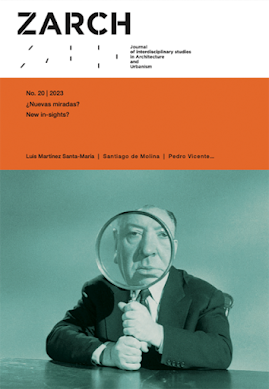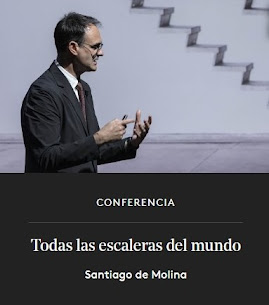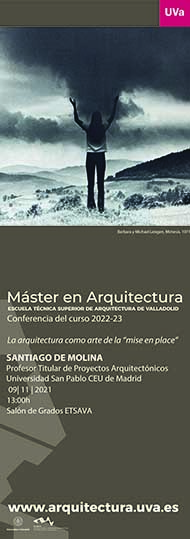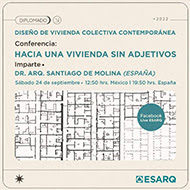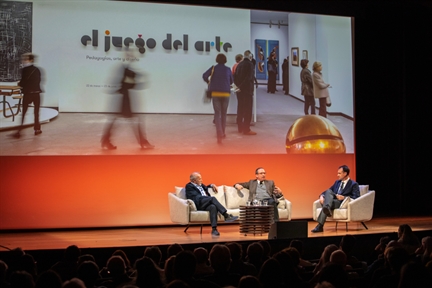A duras penas la arquitectura resiste el envite del agua colérica. Toda idea de solidez se pone en cuestión cuando una corriente restalla contra una frágil pared de ladrillo de medio pie de espesor. Un muro medianero resulta un pobre parapeto contra el sufrimiento, sea en Valencia o en el viejo Peloponeso. Las debilidades de un urbanismo descontrolado afloran dramáticamente ante una torrentera rebosante de lodo y coches. Si Ciro el grande se vengó del río Gindo por haber arrastrado uno de sus caballos, ¿qué no habría hecho por cien mil vehículos? "Hasta las mujeres podrán atravesar tu cauce sin mojarse las rodillas", sentenció. Y ordenó a su ejército excavar trescientos canales para desviar su curso.
La soledad de quien se enfrenta al paisaje de caos generado por el agua es doblemente solitaria. El agua, mastica y traga. El fango de Valencia no es igual que el rico lodo acumulado durante milenios en los cauces del Nilo útil para abonar terrenos plantados de lentejas y trigo. El agua asalvajada simplemente se lleva por medio, sin preguntas, la vida. No culpen a la tecnosfera. La culpa es del hombre desmemoriado que en mala hora olvidó la servidumbre de que un río marrón, violento y avasallador pasaría, tarde o temprano, por el salón de su casa. Para recordar las fechorías del agua colérica, lo mejor es, sin embargo, construir arquitectura: canales y presas, que recuerden lo inminente de su siempre próxima e inavisada aparición. Monumentos al futuro. Mejor eso que trescientos latigazos.
Architecture barely holds its ground against the wrath of raging water. Every notion of solidity is called into question when a torrent strikes a fragile half-brick-thick wall. A party wall proves to be a poor defense against suffering, whether in Valencia or the ancient Peloponnese. The weaknesses of uncontrolled urban sprawl are laid bare dramatically before a gushing stream, overflowing with mud and cars. If Cyrus the Great avenged the Gyndes River for dragging away one of his horses, what would he have done for a hundred thousand vehicles? “Even women shall cross your stream without wetting their knees,” he declared, ordering his army to dig three hundred channels to divert its flow.
The solitude of those facing the chaos left behind by water is doubly bitter. Water chews up and swallows everything. The mud in Valencia is not the same as the rich silt accumulated over millennia in the Nile’s banks, which fertilized fields of lentils and wheat. Savage water simply takes life along with it, asking no questions. Don’t blame the technosphere. The fault lies with humanity’s forgetfulness, which, in a moment of folly, ignored the servitude of a brown, violent, and overwhelming river that would inevitably one day surge through the living room of its house. To remember the misdeeds of furious waters, the best course is to build architecture: canals and dams that warn of its always imminent and unannounced arrival. Monuments to the future. Better that than three hundred lashes.


























